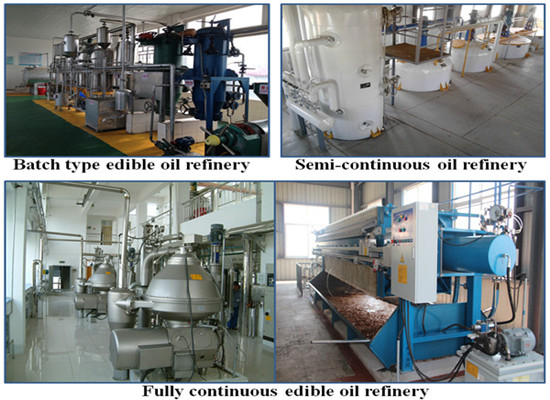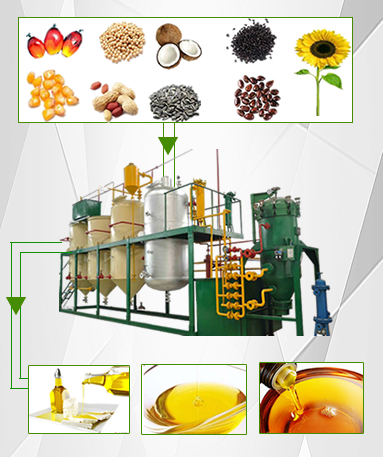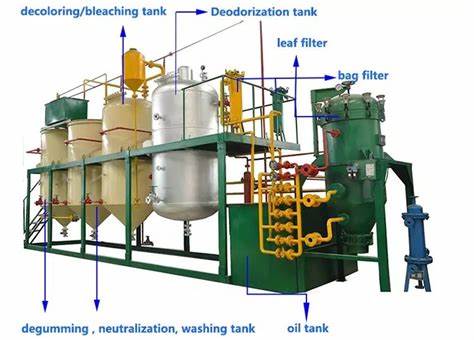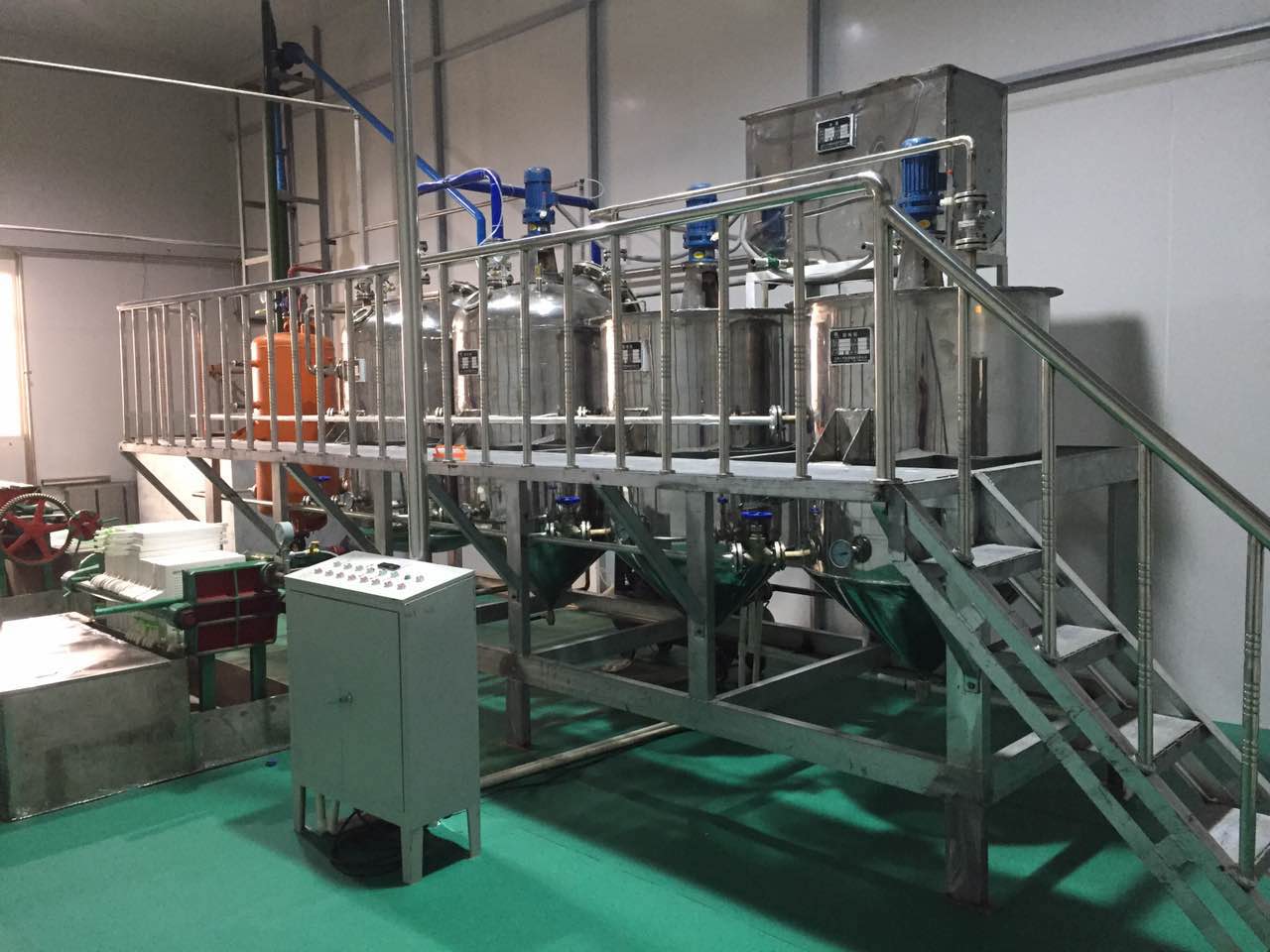Oil refining is a relatively complex and flexible work. It is necessary to select a suitable refining method according to the purpose of oil refining, taking into account technical conditions and economic benefits. According to the operating characteristics and selected raw materials, the methods of oil refining can be roughly divided into three types: mechanical, chemical and physical-chemical methods. According to the palm oil processing capacity and the customer's budget, palm oil refining equipment can also be divided into batch refining equipment, semi-continuous refining equipment and full continuous refining equipment.

1. Types of edible oil refining equipment:
Intermittent refining equipment-1-30 tons/day
Semi-continuous refining equipment-30-50 tons/day
Full continuous refining equipment-50-1000 tons/day

2. The significance of edible oil refining equipment:
(1) Enhance the storage stability of grease
(2) Change the flavor of fat
(3) Change the color of grease
(4) Provide raw materials for deep-processing oil products
3. The process of edible oil refining equipment:
Extract oil → degumming → deacidification → decolorization → deodorization → refined oil

4. Main sections and functions of edible oil refining equipment:
(1) Degumming-we use hydration degumming. The basic principle of oil hydration and degumming is to use the hydrophilicity of peptic impurities such as phospholipids to add the required amount of electrolyte solution to the oil to separate the colloidal impurities from the oil after absorbing water and agglomerating.
(2) Deacidification-the presence of free fatty acids in crude oil will increase the difficulty of storage of edible oil. The main purpose of deacidification is to remove free fatty acids in oil;
(3) Decolorization-commonly used adsorption decolorization method for oil decolorization, to remove the pigment in vegetable oil;
(4) Deodorization-using high-temperature and high-vacuum distillation method to remove the unique flavor, taste and taste of other auxiliary equipment produced in the refining process;

5. Refining effect of edible oil refining equipment:
The grease processed by the edible oil refining equipment has a transparent color, no precipitation after long-term storage, no foam or oily smoke in the pot, and meets the national edible oil standard. It can be directly filled and sold.
6. The scope of application of edible oil refining equipment:
Edible oil refining equipment uses crude oil (peanut oil, rapeseed oil, tea seed oil, soybean oil, sunflower oil, flax oil, walnut oil, sesame oil and other edible oils) to be hydrated and degummed, deacidified, decolorized, and deodorized by heating and stirring. of.
Copyright © Henan Zhongxing Grain And Oil Machinery Co.,Ltd. All Rights Reserved. Powered by MetInfo